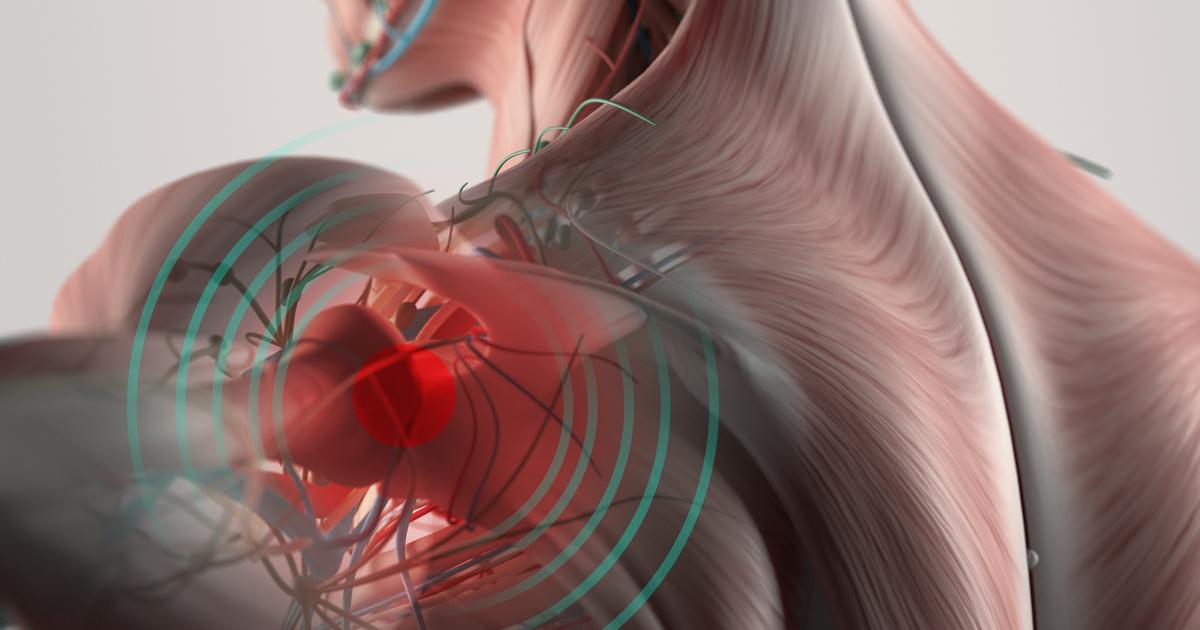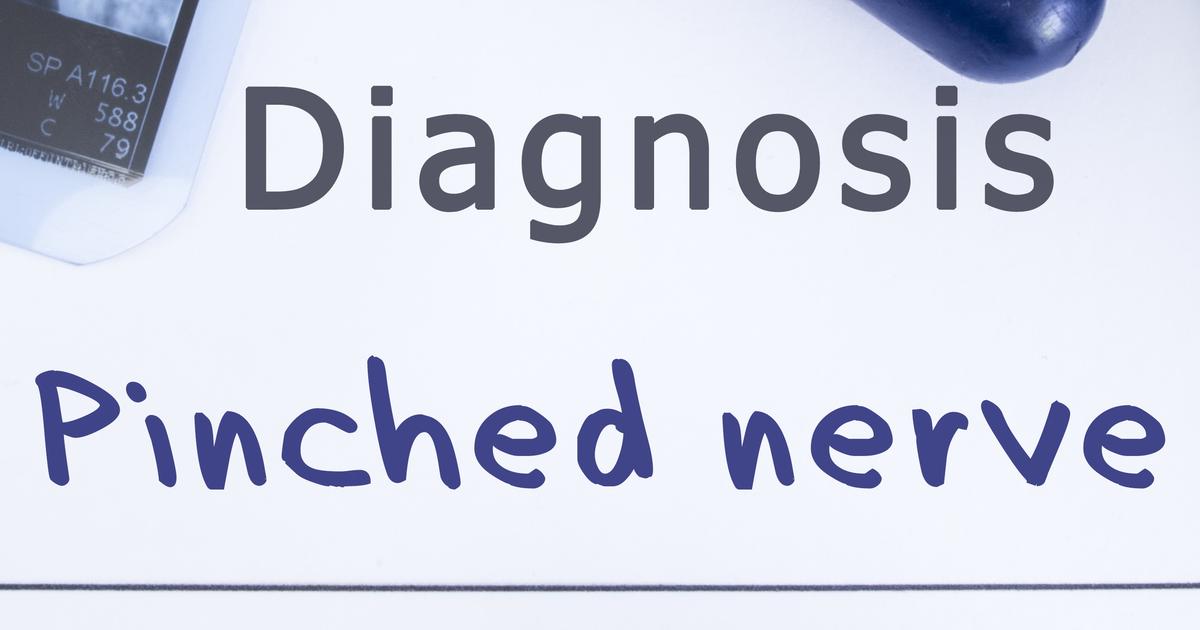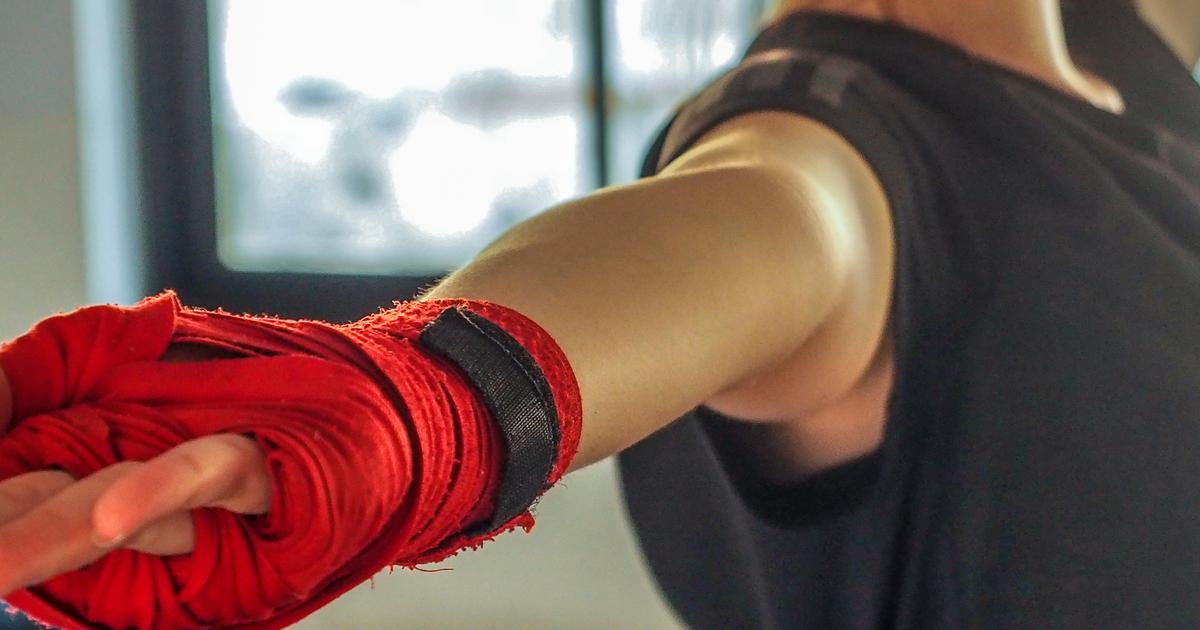Guide To The Causes Of Shoulder Pain
The shoulder has the largest and most versatile range of motion of any joint in the body. Multiple components work together to ensure the shoulders retain their usual range of motion and are capable of doing their jobs. When there is an issue with the shoulder, it can range from mild discomfort to a debilitating injury that interferes with an individual's day-to-day life. An injured shoulder cannot move with the same freedom. Many individuals do not realize how much they move their shoulders until the movement becomes restricted.
Individuals have many options for shoulder pain treatment. Resting their affected shoulder is quite common, as is taking shoulder pain medication. Many individuals experience shoulder pain relief with over-the-counter options, including anti-inflammatories such as ibuprofen. Home remedies for shoulder pain include gentle exercises as well as cool compresses on the shoulder. However, the most effective treatment for shoulder pain varies based on the underlying cause. Thus, individuals should determine what the cause of their shoulder pain is first.
Rotator Cuff Tendinitis

The most common cause of moderate to serious shoulder pain is a condition called rotator cuff tendinitis. There are some cases where the pain is mild. However, when the discomfort reaches levels high enough for a patient to seek out the advice of a doctor, the underlying condition is most often rotator cuff tendinitis. This condition affects the muscles and tendons that move the shoulder joint. Tendinitis occurs when the tendons in the body have become irritated or inflamed.
Rather than appearing all at once, the symptoms tend to come on gradually and get worse with time. Sometimes the condition results from keeping the shoulder in a single position without moving it, sleeping on the same shoulder in the same position every night, or repeatedly lifting the arm above the head when engaging in physical activity. It is common for athletes to develop rotator cuff tendinitis, especially if they play tennis, pitch in baseball, or swim.
Impingement Syndrome

An individual must have sustained an injury to the muscles that stretch between the bones of their shoulder for it to be impingement syndrome. Sometimes the cause of impingement syndrome is rotator cuff tendinitis, and sometimes it is a different type of muscle injury. The majority of patients with this type of injury can recover by following an exercise plan, stretching the injured area, using medication to manage pain and heal the muscle, and avoiding engaging in repeated motions over the head. Shoulder bursitis is another condition that may be linked to impingement syndrome. This occurs when the bursae that cushion the shoulder joint become inflamed, leading to pain and irritation.
Pinched Nerve In The Neck Or Shoulder

Temporary shoulder pain may be caused by a pinched nerve in the neck or shoulder. Pinched neck nerves occur when nearby structures press against a nerve or irritate a nerve that flows from the neck to the shoulder. The pressure on the nerve causes pain signals to be sent to the brain. It is common for individuals with a pinched nerve to experience aching, throbbing, or stabbing pain in the shoulder. Depending on how seriously compressed the nerve is, patients may also experience some level of numbness in the hand and arm attached to the affected shoulder. The potential for this varies, since different nerves are responsible for carrying signals from different portions of the body.
If the pinched nerve is compressed severely enough for its signals to become interrupted or stopped altogether, it can lead to noticeable problems in the arm. Some pinched shoulder nerves are caused by acute injuries or slow bodily changes. The most common material pinching the shoulder is some kind of bone or disk protrusion from the spinal cord, but swollen muscle or tendon tissue is also possible.
Arthritis

There are many different kinds of arthritis, which is a condition involving damage to the joints, most of which have wildly different causes. In fact, more than one hundred unique types of arthritis have been identified. Not all types lead to shoulder pain, but shoulder pain from arthritis is fairly common. Pain in the shoulder is the first sign of arthritis for some individuals.
In older individuals, arthritis of the shoulder can sometimes occur when the cartilage in the joint begins to wear away, causing the bones to grind painfully against each other when the ball and socket joint move. Patients who have arthritis in their shoulder will often experience feelings of stiffness and a reduced overall range of motion in addition to the pain. Depending on the type of arthritis a patient has, their doctor may recommend medications, physical therapy, and lifestyle changes. If the damage to the joints is severe enough, patients may need to have surgery to repair the injury.
Dislocated Shoulder

A dislocated shoulder occurs when the upper bone in the arm pops out of its usual place in the shoulder socket. Ordinarily, the bone is cradled by the cup-shaped socket, which allows for a wider range of motion. The shoulder is more likely to dislocate than any other joint because of the incredibly wide range of motion. Individuals who believe their shoulder may be dislocated should get medical help right away. A medical professional can push the arm bone back into place. In the majority of cases, patients can heal from the injury and have the full use of their joint after a few weeks. One thing to note, though, is the shoulder may become unstable after the initial dislocation. An individual who has dislocated their shoulder once is more susceptible to future dislocations.
Frozen Shoulder

Frozen shoulder is a common condition involving significant pain and stiffness in the shoulder. There are three major stages of the frozen shoulder: freezing, frozen, and thawing. The freezing stage involves pain when an individual’s shoulder moves in any way, limiting the range of motion. The frozen stage may allow pain to lessen, though the patient’s shoulder will be quite stiff, so using it is challenging. Patients should see their range of motion improve during the thawing stage.
There are quite a few causes and risk factors associated with this condition. Examples include a broken arm, rotator cuff injury, stroke, recovering from surgery, Parkinson’s disease, diabetes, and hyperthyroidism. Pain medication and nonsteroidal anti-inflammatories are helpful in relieving shoulder pain from this condition. Other treatments include steroid injections, shoulder manipulation, and surgery.
Heart Attack

Most individuals understand that chest pain is the most common symptom of a heart attack. In this case, chest pain can present as pressure, pain, tightness, aching, or a squeezing sensation. However, many individuals may not realize that heart attacks can also cause shoulder pain. Other symptoms often accompany shoulder pain due to a heart attack. In addition, it can appear differently in women and men. Men will often deal with pain that spreads to their left shoulder and down their left arm. This is why men may clutch their arm during a heart attack. Women may deal with subtle shoulder pain during a heart attack. Unfortunately, they may deal with pain in either their left or right shoulder. Of course, patients need emergency medical attention for a heart attack.
Bone Spurs

Bone spurs are bumps of excess bone that appear on the ends of bones. In most cases, they occur in the joints, which is where two bones meet. Bone spurs can develop in many locations around the body, including the shoulders. Unfortunately, bone spurs in the shoulder can force the joints to rub together, which is what triggers the shoulder pain. Bone spurs in the shoulder may also irritate the rotor cuff tendons if they narrow the space in the joints. This can cause pain, of course, as well as muscle spasms and a loss of mobility.
Over time, untreated bone spurs may cause a rotator cuff injury or rotator cuff tear. Pain medication can relieve the shoulder pain from bone spurs. However, patients also need to rest their shoulders and engage in physical therapy. Steroid shots can also help. Patients who develop a rotator cuff injury often need additional treatments.
Torn Cartilage

Torn cartilage in the shoulder can cause significant shoulder pain. Most individuals will deal with a torn shoulder labrum. This is a soft piece of cartilage in the shoulder joint socket, and it protects and connects the ball joint in the upper arm. The rotator cuff is the group of muscles that help the labrum keep the ball in the socket. Individuals may not think about it, but this is how their arms can rotate and move.
Unfortunately, a tear in the labrum is quite painful. It is often the result of repetitive movements, falling on the arm, or a blow to the shoulder. Overstretching the arm and shoulder may also result in torn cartilage. Many patients will see success with rest, physical therapy, and pain medications when they are dealing with torn cartilage in their shoulders. Other options include cortisone injections and minimally invasive surgery.
Bursitis

Bursitis, when it occurs in the shoulders, is another common cause of shoulder pain. This condition affects the bursae, which are small and fluid-filled sacs. They exist to cushion muscles, tendons, and bones near the joints in the body, including the shoulder joints. Individuals develop bursitis when these sacs are inflamed. Common causes of this include repeated overhead lifting and throwing balls or other objects. In addition to shoulder pain, symptoms of bursitis in the shoulder include redness, swelling, and stiffness. Shoulder pain due to this condition often worsens when individuals touch or move their shoulder.
Thankfully, there are multiple treatment options. Patients should start by resting their affected shoulder. Engaging in proper lifting techniques will also help. Effective treatments include pain medication, nonsteroidal anti-inflammatories, corticosteroid injections, antibiotics, surgery, and physical therapy.
